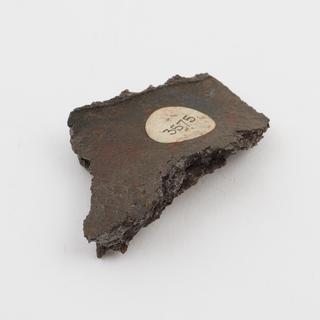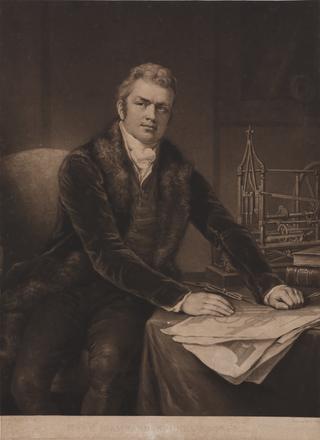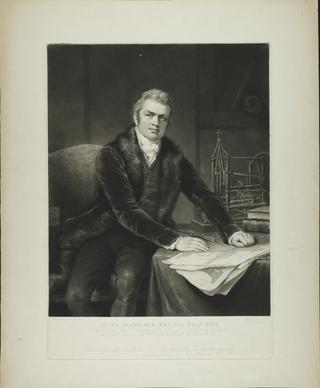
Portsmouth Dockyard 1495
- occupation:
- Naval dockyard
- Nationality:
- English; British
- born in:
- Portsmouth, Portsmouth, England, United Kingdom
1495 - Henry VII orders a dry dock built at Portsmouth. 1509 - Mary Rose completed. 1496 - first dry dock used. 1623 - harbour considered inappropriate for shipping use due to suspicions of an infestation of the ‘worm’ (Teredo navalis). 1649 - first received a Resident Commissioner (William Willoughby). 1654 - ropery added. 1656 - under Cromwell, a double dock was built. 1658 - new dry dock completed. 1662 - Ordnance Wharf established on the Portsea side. 1665 - dockyard Commissioner house built. 1685 - new mast house. 1689 - parliament ordered one new dry dock and two new wet docks (or non-tidal basins) to be built. 1707 - dockyard chapel constructed. 1708 - the porters’ lodge was built next to the main gate. 1711 - construction began on a brick wall to encompass the entire dockyard. 1732 - Royal Naval Academy was built at a cost of £5772 as an experiment in the early education of naval officers. 1760 - lightning set fire to and destroyed the rope house. 1763 - new north storehouse built. 1770 - a second great fire destroys wooden buildings of the dockyard. 1771 - new ropery constructed. 1775 - shipwrights downed tools refusing to work under piece rates. 1776 - a massive fire burns through the shipyard buildings, started deliberately by American sympathiser James Aitken. New Middle (No 10) storehouse built. 1777 - the notorious Jack the Painter attempted to fire the dockyard but succeeded in burning only the rope house for the second time. 1782 - new south storehouse built. 1785 - original dockyard chapel destroyed and St Anne’s constructed. 1786 - South Office Block constructed. 1787 - new accommodation completed for various shipyard staff. 1791 - North Office Block constructed. 1795 - General Bentham, as Inspector-General of navy works, revived an earlier idea to use Boulton and Watt’s steam-driven fire engine for emptying the reservoir. 1796 - shipwrights set up a mill. 1798 - an iron-framed pay office constructed. 1799 - steam-powered machinery introduced. 1803 - a new copper furnace erected. 1835 - the Hermes launched, the first steamer built at the yard. 1843 - a new fire station was constructed. 1846 - No 3 Ship Shop built. 1848 - the “Leander”, the last sailing ship built at the dock, launched The Great Steam Basin opened by Queen Victoria. 1864 - the iron-clads Royal Alfred and Royal Sovereign launched. 1867 - following the advent of iron-clad ships, extensive rebuilding was started at the dockyard. 1868 - the great rope house disestablished and converted to storage. 1876 - extensive building work completed. 1895 - the Majestic launched. 1896 - dry dock No 14 completed. 1897 - the Canopus launched. 1899 - the London launched. 1905 - HMS Dreadnought, a revolutionary big-gun ship, and the first major ship to be fitted with steam turbines, was completed and launched by King Edward VII. 1907 - Bellerphon launched. 1908 - St Vincent launched. 1909 - Neptune launched. 1910 - Orion launched. 1911 - King George V launched. 1912 - Iron Duke launched. 1913 - the super-Dreadnought, HMS Queen Elizabeth, was launched as the first oil-fired battleship. 1914 - dry dock No 14 extended to accommodate larger ships. 1915 - the Royal Sovereign, last of the Portsmouth dreadnoughts launched. 1941 - clock tower on No 10 storehouse destroyed. 1951 - the frigate Leopard launched. 1959 - the frigate Rhyl launched. 1960 - the frigate Nubian launched. 1967 - HMS Andromeda, the last ship completed at Portsmouth, launched. 1981- following a defence review by the Secretary of State for Defence, Portsmouth was reduced to a Fleet Maintenance and Repair Organisation (FMRO). 1998 - the running of Portsmouth Dockyard was awarded to a contractor, Fleet Support Limited.




